- News >
- Top 9 Most Visited Sacred Sites In The World
Top 9 Most Visited Sacred Sites In The World
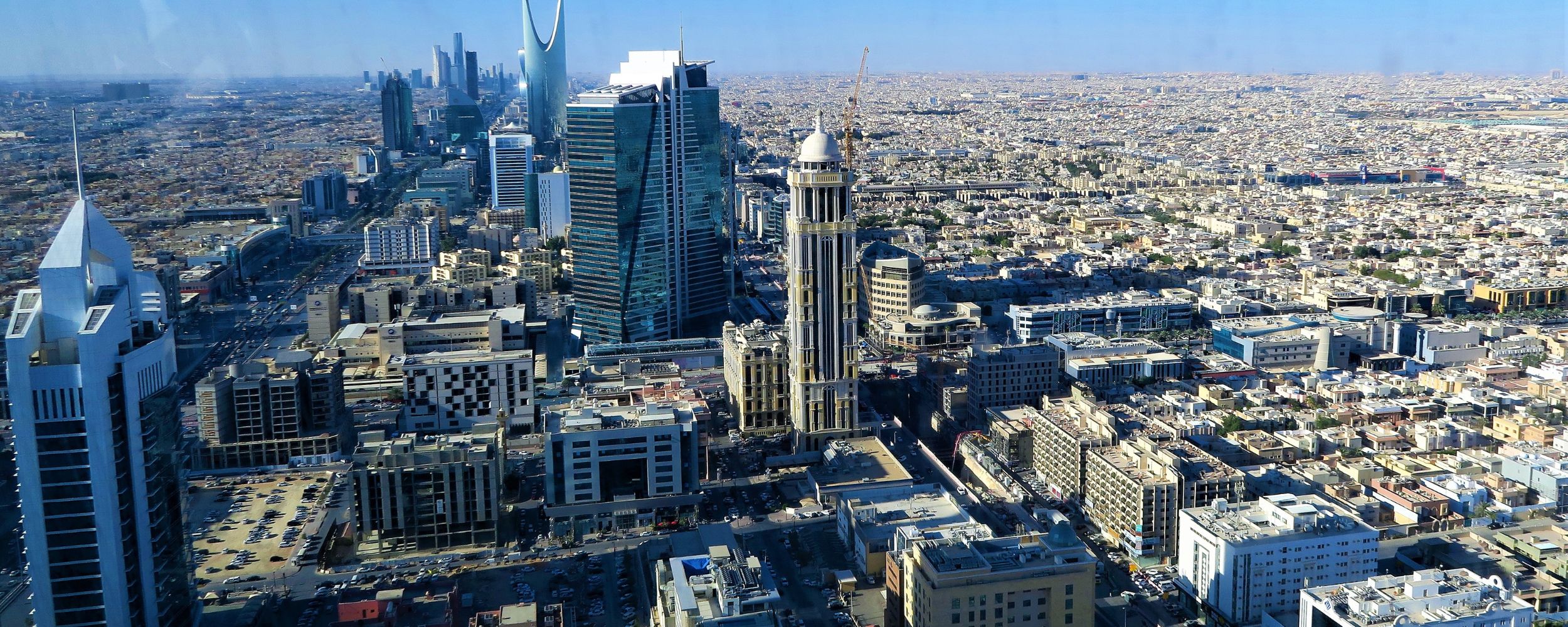
Throughout history, mankind has sought spiritual connection and transcendence, leading to the creation of sacred sites that draw millions of pilgrims and visitors each year. These sites hold immense cultural and religious significance, offering a glimpse into the devotion and faith of people from different corners of the world. In this exploration, we will delve into the top 10 most visited sacred sites, discussing their spiritual importance, historical context, and the profound experiences of pilgrims and visitors who journey to these hallowed places.
|
RANK |
SACRED SITES |
LOCATION |
SPIRITUAL SIGNIFICANCE |
|
1. |
Mecca Saudi,Arabia |
Mecca Saudi,Arabia |
Islam |
|
2. |
Rome, Italy |
Christianity |
|
|
3. |
Jerusalem, Israel |
Judaism, Christianity, Islam |
|
|
4. |
Benares, India |
Hinduism |
|
|
5. |
Lhasa, Tibet |
Tibetan Buddhism |
|
|
6. |
Mount Kailash, China |
Hinduism, Buddhism, Jainism |
|
|
7. |
Meenakshi Amman Temple, India |
Hinduism |
|
|
8. |
Angkor Wat, Cambodia |
Hinduism |
|
|
9. |
Machu, Picchu, Peru |
Inca Religion |
1.Mecca, Saudi Arabia
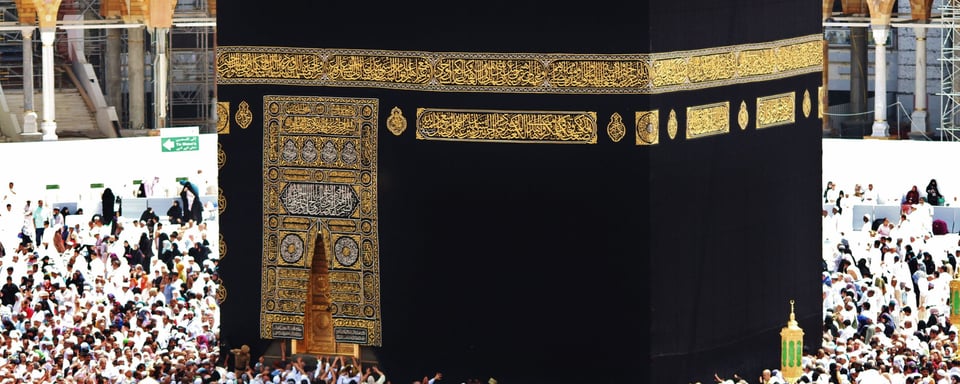
Mecca is the holiest city in Islam, and it is the destination of the annual Hajj pilgrimage. The city is home to the Kaaba, a cubical structure that is believed to have been built by Abraham and Ishmael. Muslims believe that the Kaaba is the first house of worship built for mankind, and they face it when they pray.
-
Pilgrimage and Devotion Across Cultures
Mecca, Saudi Arabia
Mecca, the birthplace of Prophet Muhammad and the holiest city in Islam, is an iconic destination for Muslims worldwide. It is home to the Kaaba, the black cubic structure at the heart of the Masjid al-Haram (the Great Mosque). Each year during the Hajj season, millions of Muslims embark on a journey to Mecca to perform the obligatory pilgrimage. The spiritual significance of Mecca lies in its association with the life of Prophet Muhammad and the central role it plays in the Islamic faith.
The Hajj Pilgrimage
The Hajj pilgrimage to Mecca is one of the five pillars of Islam and a culmination of devotion and worship for Muslims. Pilgrims from diverse backgrounds gather in Mecca to engage in a series of rituals, such as circumambulating the Kaaba, walking between the hills of Safa and Marwa, and spending a night in the plain of Arafat. The Hajj represents unity, equality, and submission to God, as pilgrims shed their worldly identities and don simple white garments, emphasising the equality of all individuals before the divine.
-
The Spiritual Significance
Mecca holds immense spiritual significance as a place where Muslims connect with their faith and seek divine proximity. The Kaaba, believed to be the first house of worship established by Prophet Adam, represents the unity of Muslims globally. It serves as a focal point for prayer and symbolises the oneness of God. The pilgrimage to Mecca is an act of worship that signifies submission to Allah, seeking forgiveness, and spiritual purification.
-
Historical Context
Mecca's history predates the advent of Islam. It was a significant trade centre and pilgrimage site even before the time of Prophet Muhammad. The Prophet's migration (Hijrah) from Mecca to Medina, known as the birth of the Islamic calendar, marked a turning point in the spread of Islam. Mecca holds historical significance as the place where early Islamic battles and treaties took place, shaping the development of the Muslim community.
-
Experiences of Pilgrims or Visitors
The pilgrimage experience in Mecca is transformative for Muslims, leaving a lasting impact on their spiritual, emotional, and social lives. Pilgrims often describe a sense of awe, humility, and unity during their time in Mecca. The journey brings together individuals from different cultures, languages, and backgrounds, fostering a global Muslim community. The interactions, shared rituals, and prayers create a unique bond among pilgrims, transcending geographical and cultural boundaries.
Other Sacred Sites
While Mecca is the most visited sacred site, various other destinations hold immense spiritual significance worldwide. Examples include the Vatican City and St. Peter's Basilica in Rome for Catholics, the Kumbh Mela in India for Hindus, the Western Wall in Jerusalem for Jews, and the Golden Temple in Amritsar for Sikhs. Each of these sites has its historical context, rituals, and experiences that enrich the spiritual journeys of their respective pilgrims.
2. Rome, Italy
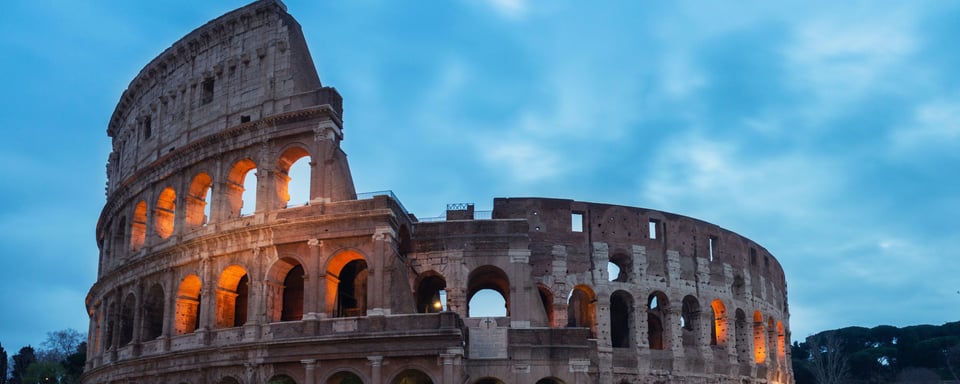
Rome is home to some of the most important Christian sites in the world, including the Vatican City, the Colosseum, and the Roman Forum. The Vatican City is the headquarters of the Catholic Church, and it is home to St. Peter's Basilica, one of the largest churches in the world. The Colosseum was built in the first century AD, and it was used for gladiatorial contests and public executions. The Roman Forum was the centre of ancient Rome, and it was where the city's political and legal activities took place.
-
Pilgrimage and Devotion Across Cultures
The Vatican City
At the heart of Rome lies the Vatican City, the spiritual centre of Catholicism and the smallest independent state globally. The Vatican is home to St. Peter's Basilica, the Sistine Chapel, and the Apostolic Palace. St. Peter's Basilica, built over the tomb of St. Peter, is a symbol of grandeur and faith. Pilgrims visit the Vatican to attend Papal Masses, witness the election of a new Pope, and participate in various religious ceremonies.
St. Peter's Basilica
St. Peter's Basilica is the largest Catholic church globally and a masterpiece of Renaissance architecture. Its spiritual significance lies in its association with St. Peter, considered the first Pope. Pilgrims are drawn to the basilica to view the iconic Michelangelo's Pietà and to climb the steps to the dome for panoramic views of Rome. The Basilica's rich history and artistic masterpieces make it an awe-inspiring pilgrimage site.
The Sistine Chapel
The Sistine Chapel, located within the Vatican Museums, is renowned for its exquisite frescoes, most notably Michelangelo's ceiling and Last Judgement. The chapel serves as the venue for the Papal conclave, where Cardinals gather to elect a new Pope. Visitors and pilgrims come to the Sistine Chapel to witness the extraordinary artwork and experience a sense of divine beauty and inspiration.
-
Historical Context
Rome has been a centre of religious and cultural significance since ancient times. In addition to its association with Christianity, Rome was the seat of the Roman Empire, where various pagan religions thrived. The Colosseum, the Roman Forum, and the Pantheon are examples of historical sites that showcase Rome's rich past. Pilgrims and visitors to Rome can explore these sites to gain a deeper understanding of the city's historical context and its influence on religious development.
-
Experiences of Pilgrims or Visitors
Pilgrims and visitors to Rome often describe a sense of awe and spiritual elevation during their time in the city. The opportunity to visit the Vatican, participate in Papal audiences, attend Mass in St. Peter's Basilica, or witness the artistic wonders of the Sistine Chapel leaves a profound impact on individuals' faith and devotion. Rome's vibrant atmosphere, historical sites, and the presence of the Catholic Church create an immersive pilgrimage experience.
Other Sacred Sites
Beyond the Vatican, Rome is home to numerous other sacred sites, such as the Basilica di Santa Maria Maggiore, Basilica di San Giovanni in Laterano, and the Catacombs of Rome. Each of these sites holds historical and spiritual significance, attracting pilgrims and visitors seeking to deepen their religious connection and engage with the city's diverse cultural heritage.
3. Jerusalem, Israel
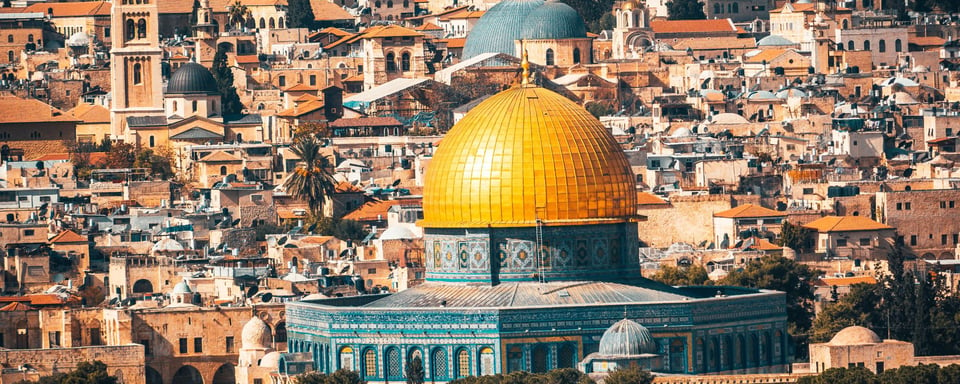
Jerusalem is a holy city for three major Abrahamic religions: Judaism, Christianity, and Islam. The city is home to the Western Wall, the holiest site in Judaism, and the Church of the Holy Sepulchre, which is believed to be the site of Jesus' crucifixion and resurrection. Jerusalem is also home to the Dome of the Rock, a Muslim shrine that is believed to be the site where Muhammad ascended to heaven.
-
Pilgrimage and Devotion Across Cultures
The Western Wall
The Western Wall, also known as the Wailing Wall, is the holiest site in Judaism. It is a remnant of the Second Temple, destroyed in 70 CE. The Western Wall Plaza serves as a place of prayer and reflection, where Jews from various backgrounds gather to offer their prayers and place handwritten notes in the crevices of the ancient stones. The Western Wall symbolises the connection between the Jewish people and their history, faith, and hope.
The Temple Mount
The Temple Mount, known as Haram al-Sharif in Islam, is an important pilgrimage site for both Jews and Muslims. It houses two significant structures—the Al-Aqsa Mosque and the Dome of the Rock. Al-Aqsa Mosque is the third holiest site in Islam, believed to be the place from which Prophet Muhammad ascended to heaven during the Night Journey. The Dome of the Rock enshrines the Foundation Stone, significant in Jewish and Islamic traditions.
The Church of the Holy Sepulchre
The Church of the Holy Sepulchre is a significant pilgrimage site for Christians, particularly for those of the Eastern Orthodox, Roman Catholic, and Armenian Apostolic traditions. It is believed to be the place where Jesus was crucified, buried, and resurrected. The church houses several chapels, including the Chapel of the Crucifixion, the Stone of Anointing, and the tomb itself. Pilgrims visit the church to walk the Via Dolorosa, retracing the path of Jesus' crucifixion.
-
Historical Context
Jerusalem has a profound historical context intertwined with the religious beliefs of Judaism, Christianity, and Islam. The city has witnessed the construction and destruction of multiple temples, served as the capital of ancient Israel, and witnessed significant events in the lives of religious figures. Its history encompasses the reign of King David, the Babylonian exile, the life of Jesus Christ, and the Islamic conquests. Understanding this historical context adds depth to the pilgrimage experience.
-
Experiences of Pilgrims or Visitors
Pilgrims and visitors to Jerusalem often describe a unique sense of awe, reverence, and spiritual awakening. Walking through the narrow streets of the Old City, visiting the sacred sites, and observing the diverse religious practices create an immersive experience. The encounters with local religious communities, the shared rituals, and the opportunity to touch the ancient stones of the Western Wall or enter the Church of the Holy Sepulchre leave a lasting impact on individuals' faith and spiritual journey.
Other Sacred Sites
In addition to the Western Wall, the Temple Mount, and the Church of the Holy Sepulchre, Jerusalem is home to other sacred sites such as the Mount of Olives, the Garden of Gethsemane, and Mount Zion. These sites hold spiritual significance for various religious communities and provide additional opportunities for reflection, prayer, and connection with the city's sacred history.
4. Benares, India
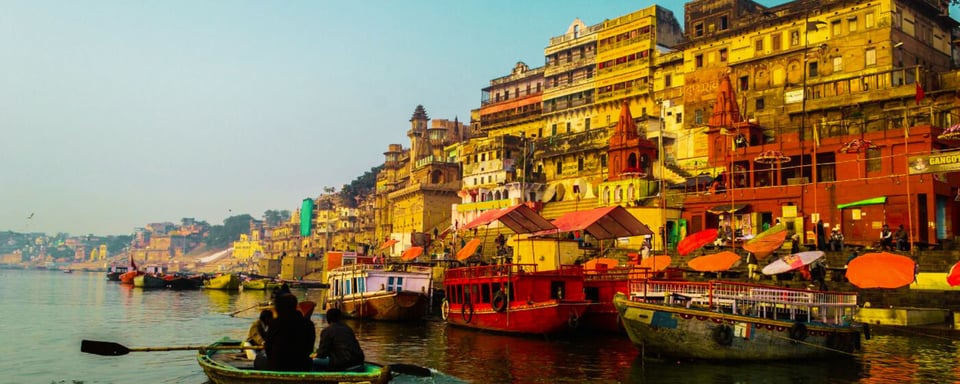
Varanasi is one of the oldest continuously inhabited cities in the world, and it is a holy city for Hindus. The city is home to the Ganges River, which is considered to be sacred by Hindus. Pilgrims come to Varanasi to bathe in the Ganges, to visit the city's many temples, and to die in the city, as they believe that they will achieve moksha (liberation from the cycle of rebirth) if they die in Varanasi.
-
Pilgrimage and Devotion Across Cultures
The River Ganges
The River Ganges, flowing through Benares, is considered the most sacred river in Hinduism. It is believed to have the power to purify sins and grant liberation. Pilgrims flock to the ghats (steps leading to the river) to take ritual baths, perform religious ceremonies, and offer prayers to the Ganges. The spiritual significance of the Ganges lies in its association with the goddess Ganga and its role in the cycle of life and death.
Dashashwamedh Ghat
Dashashwamedh Ghat is one of the oldest and most important ghats in Benares. It is believed that Lord Brahma performed the great sacrifice (yajna) here, hence the name "Dashashwamedh" (ten horse sacrifices). Pilgrims gather at this ghat to witness the Ganga Aarti, a grand evening prayer ceremony involving the rhythmic chanting, music, and the offering of lamps to the river. The Aarti is a mesmerising spectacle that evokes a sense of devotion and awe.
Kashi Vishwanath Temple
The Kashi Vishwanath Temple, dedicated to Lord Shiva, is one of the holiest temples in Hinduism. It is believed to be the abode of Lord Shiva and holds immense spiritual significance. Pilgrims visit the temple to seek blessings, perform rituals, and offer prayers. The temple complex is known for its intricate architecture and is a testament to the devotion and craftsmanship of generations of worshipers.
-
Historical Context
Benares has a rich historical context dating back thousands of years. It is considered one of the oldest continuously inhabited cities in the world. Benares was a centre of learning, philosophy, and spirituality during ancient times. It has witnessed the rise and fall of numerous empires and has been a hub for scholars, sages, and religious leaders. Exploring the historical context of Benares adds depth and cultural understanding to the pilgrimage experience.
-
Experiences of Pilgrims or Visitors
Pilgrims and visitors to Benares often describe a profound spiritual awakening and a sense of deep connection with the divine. The atmosphere of devotion, the chanting of mantras, and the sight of pilgrims engaging in religious rituals create a spiritually charged environment. The opportunity to witness the Ganga Aarti, participate in sacred ceremonies, and engage with the local culture enriches the pilgrimage experience, leaving a lasting impact on individuals' spiritual journeys.
Other Sacred Sites
In addition to the River Ganges, Dashashwamedh Ghat, and the Kashi Vishwanath Temple, Benares is home to several other sacred sites such as the Sarnath, where Lord Buddha delivered his first sermon, and the Tulsi Manas Temple, dedicated to Lord Rama. These sites hold spiritual significance for various religious communities and provide additional avenues for contemplation, meditation, and spiritual growth.
5. Lhasa, Tibet
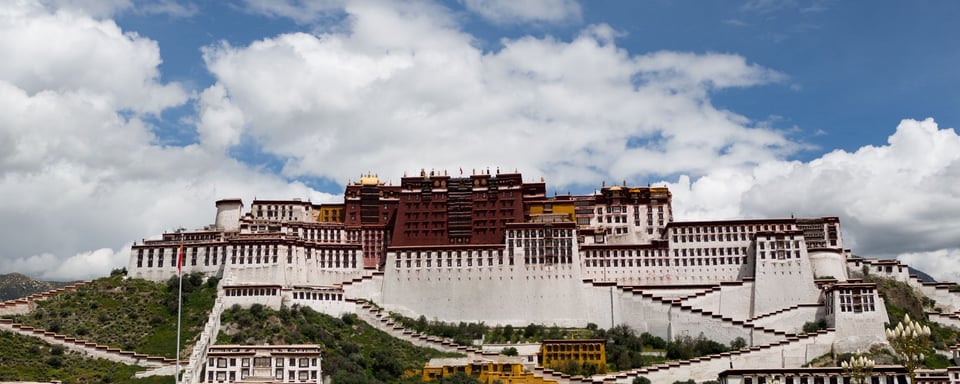
Lhasa is the capital of Tibet, and it is a holy city for Tibetan Buddhists. The city is home to the Potala Palace, the former residence of the Dalai Lamas, and the Jokhang Temple, one of the most important temples in Tibetan Buddhism. Pilgrims come to Lhasa to pray, to study Buddhism, and to visit the city's many monasteries.
-
Pilgrimage and Devotion Across Cultures
The Potala Palace
The Potala Palace, an iconic landmark in Lhasa, stands as a symbol of Tibetan Buddhism and Tibetan culture. It was originally built as a winter residence for the Dalai Lama and later became a pilgrimage site. The Potala Palace houses numerous chapels, prayer halls, and sacred relics. Pilgrims and visitors come to the palace to marvel at its architectural grandeur, explore the sacred spaces, and experience a sense of spiritual connection with Tibetan Buddhism.
Jokhang Temple
Jokhang Temple, located in the heart of Lhasa, is considered the most sacred temple in Tibet. It is a significant pilgrimage site for Tibetan Buddhists and attracts devotees from all over the world. The temple houses a revered statue of Buddha, known as the Jowo Rinpoche, believed to have been blessed by the historical Buddha himself. Pilgrims circumambulate the temple, prostrate in devotion, and offer prayers and offerings to seek blessings and spiritual enlightenment.
Barkhor Street
Surrounding the Jokhang Temple, Barkhor Street is a bustling pilgrimage circuit and market where pilgrims and visitors immerse themselves in the vibrant atmosphere. It is a place for shopping, socialising, and engaging in devotional practices. Pilgrims walk the circular path, spinning prayer wheels, reciting mantras, and making offerings, creating an atmosphere of spirituality and devotion.
-
Historical Context
Lhasa's historical context is deeply intertwined with Tibetan Buddhism and the Dalai Lama lineage. It has served as the political and spiritual centre of Tibet for centuries. The interactions between Tibetan Buddhism and Bon, the indigenous pre-Buddhist religion, have shaped the region's cultural and religious landscape. Understanding the historical context provides insights into the significance of Lhasa's sacred sites and their role in the preservation of Tibetan culture and spirituality.
-
Experiences of Pilgrims or Visitors
Pilgrims and visitors to Lhasa often describe a sense of awe, tranquillity, and reverence during their time in the city. The pilgrimage experience in Lhasa offers an opportunity for spiritual reflection, cultural immersion, and personal growth. Engaging in devotional practices, witnessing the rituals of local monks, and exploring the sacred sites evoke a deep connection with Tibetan Buddhism and the unique cultural heritage of Tibet.
Other Sacred Sites
In addition to the Potala Palace, Jokhang Temple, and Barkhor Street, Lhasa is home to other sacred sites such as the Drepung Monastery and the Sera Monastery. These monastic complexes hold spiritual significance and serve as centres for Buddhist learning and practice. Pilgrims and visitors can engage in meditation, receive teachings from renowned masters, and witness monastic rituals, further enriching their spiritual journey in Lhasa.
6.Mount Kailash, China
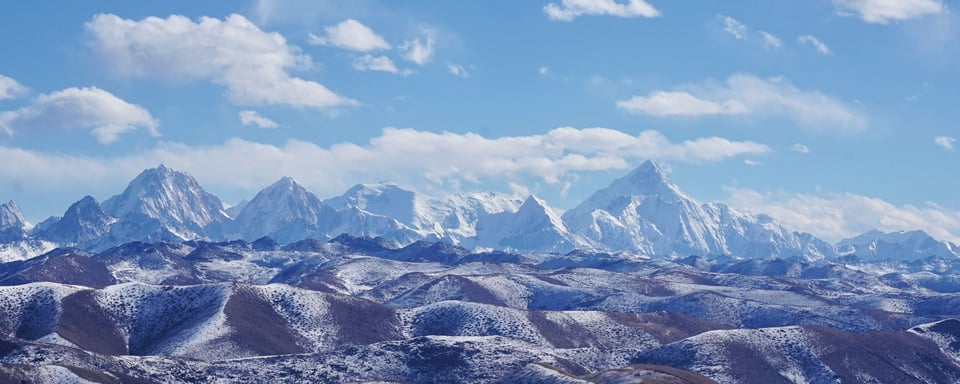
Mount Kailash is a sacred mountain for Hindus, Buddhists, and Jains. The mountain is located in the Himalayas, and it is believed to be the home of the gods. Pilgrims come to Mount Kailash to circumambulate the mountain, to meditate, and to seek spiritual enlightenment.
Mount Kailash
Mount Kailash is considered sacred in Hinduism, Buddhism, Jainism, and Bon, the indigenous religion of Tibet. It is believed to be the abode of Lord Shiva, a place of enlightenment for Buddha, and the spiritual centre of the universe. The distinctive pyramid-shaped mountain, standing tall at 6,638 metres (21,778 feet), is considered an embodiment of divinity and an axis mundi, connecting heaven and earth.
Spiritual Significance
The spiritual significance of Mount Kailash lies in its association with enlightenment, spiritual transformation, and the pursuit of divine connection. For Hindus, circumambulating the mountain is seen as a way to cleanse oneself of sins and achieve moksha (liberation). Buddhists undertake the kora (circumambulation) as a symbol of their spiritual journey towards enlightenment. The mountain's aura of holiness and its challenging terrain evoke a sense of awe, devotion, and humility among pilgrims and visitors.
-
Historical Context
Mount Kailash has a rich historical and mythological context that predates recorded history. It is mentioned in ancient scriptures, including the Hindu epics Ramayana and Mahabharata. The mountain has been a pilgrimage destination for centuries, attracting devotees and adventurers alike. Its historical context is interwoven with legends, tales of spiritual masters, and the deep cultural heritage of the region, adding depth and significance to the pilgrimage experience.
The Kailash Kora
The Kailash Kora, a circumambulation around Mount Kailash, is the primary pilgrimage route for devotees. The trek covers approximately 52 kilometres (32 miles) and takes around three days to complete. Pilgrims brave the rugged terrain, high altitude, and extreme weather conditions to walk in reverence around the mountain. The journey is seen as a metaphorical pilgrimage, a transformative experience of self-discovery, devotion, and spiritual connection.
-
Pilgrim Experiences
The pilgrimage to Mount Kailash offers a profound spiritual journey for pilgrims and visitors. The rugged beauty of the landscape, the purity of the mountain air, and the encounters with fellow pilgrims from diverse backgrounds create a sense of camaraderie and shared devotion. The physically demanding trek, coupled with moments of contemplation and prayer, provides an opportunity for introspection, spiritual reflection, and personal growth.
-
Cultural Diversity and Harmony
Mount Kailash attracts pilgrims from various cultural and religious backgrounds, fostering a unique environment of interfaith dialogue, respect, and harmony. The shared experiences, rituals, and devotion create a sense of unity and interconnectedness among pilgrims, transcending religious boundaries. The pilgrimage to Mount Kailash serves as a testament to the power of sacred sites in fostering understanding and peaceful coexistence among diverse cultures.
7. Meenakshi Amman Temple, Madurai, India
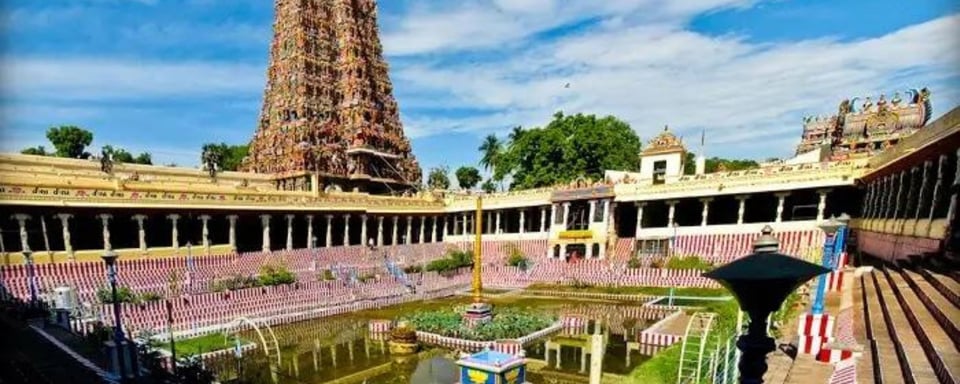
Meenakshi Amman Temple is a Hindu temple dedicated to the goddess Meenakshi and her consort, Sundareswarar. The temple is located in Madurai, India, and it is one of the largest and most important temples in South India. Pilgrims come to the temple to pray to the goddess Meenakshi, to attend festivals, and to participate in the temple's many rituals.
-
Spiritual Significance
Meenakshi Amman Temple holds immense spiritual significance for Hindus, particularly devotees of Goddess Meenakshi and Lord Sundareswarar. The temple represents the divine union of the goddess and the god, symbolising the harmony between male and female energies. Pilgrims visit the temple to seek blessings, offer prayers, and participate in various religious rituals. It is believed that a pilgrimage to Meenakshi Amman Temple brings spiritual fulfilment, blessings, and protection.
-
Historical Context
The history of Meenakshi Amman Temple dates back over 2,000 years,making it a repository of cultural and historical heritage. It has witnessed the rise and fall of dynasties, including the Pandyas, Cholas, and Nayaks. The temple's construction and subsequent expansions were carried out by various rulers, leaving a legacy of architectural splendour and religious significance. Exploring the historical context provides insights into the cultural and religious tapestry of Madurai and South India.
Temple Rituals and Festivals
Meenakshi Amman Temple is known for its elaborate rituals and vibrant festivals. Daily rituals, such as the early morning and evening prayers, processions, and abhishekams (ritual bathing of deities), offer opportunities for devotees to engage in devotion and experience the divine presence. The annual Meenakshi Thirukalyanam (divine wedding ceremony) and the Meenakshi Tiruvizha festival attract thousands of pilgrims, creating a festive atmosphere of devotion, music, dance, and cultural celebrations.
-
Pilgrim Experiences
Pilgrims and visitors to Meenakshi Amman Temple are immersed in a transformative spiritual journey. The temple's grand architecture, intricate sculptures, and sacred atmosphere evoke a sense of awe and reverence. Devotees engage in rituals, circumambulate the sanctum sanctorum, offer prayers, and seek darshan (sacred sight) of the deities. The vibrant energy, the fragrance of incense, and the chants of hymns create a spiritual ambiance that leaves a lasting impact on pilgrims' hearts and minds.
-
Cultural Significance
Meenakshi Amman Temple is not only a place of religious worship but also a cultural and social hub. It acts as a melting pot where people from different walks of life, caste, and creed come together in devotion. The temple showcases the rich cultural heritage of Tamil Nadu through its architecture, sculptures, music, and dance forms such as Bharatanatyam. The temple's significance extends beyond spirituality, fostering a sense of community, unity, and cultural pride.
8.Angkor Wat, Cambodia

Angkor Wat is a temple complex in Cambodia that was built in the 12th century. The temple is dedicated to the Hindu god Vishnu, and it is one of the largest religious monuments in the world. Angkor Wat is a UNESCO World Heritage Site, and it is a popular tourist destination.
-
Spiritual Significance
Angkor Wat's spiritual significance lies in its association with both Hinduism and Buddhism. As a Hindu temple, it symbolises the cosmos and the divine presence of Lord Vishnu. As a Buddhist site, it represents the path to enlightenment and the realisation of Buddhist teachings. Pilgrims and visitors often engage in rituals, meditation, and contemplation, seeking spiritual inspiration, blessings, and a deeper understanding of the interconnectedness of religious traditions.
-
Historical Context
Angkor Wat was constructed in the 12th century during the Khmer Empire's reign, led by King Suryavarman II. It served as the capital city and a state temple, showcasing the emperor's grandeur and the Khmer civilization's cultural achievements. The temple's historical context provides insights into the Khmer Empire's influence, architectural ingenuity, and the blending of Hindu and Buddhist beliefs in the region.
Architectural Splendour
Angkor Wat's architectural splendour is a testament to the Khmer civilization's mastery of design and engineering. The temple complex features intricate carvings, towering spires, vast courtyards, and elaborate galleries. The intricate bas-reliefs depict mythological stories, historical events, and scenes from religious texts, providing visitors with a visual narrative of ancient Khmer culture and religious beliefs.
-
Visitor Experiences
Visiting Angkor Wat offers a profound and awe-inspiring experience for pilgrims and visitors. Exploring the temple complex, witnessing the intricate carvings and the grandeur of the central sanctuary, and ascending the steep stairs to reach the upper levels create a sense of wonder and reverence. The serene atmosphere, the play of light and shadow, and the harmony between nature and architecture contribute to a spiritual and contemplative journey.
-
Cultural Conservation and Tourism
Angkor Wat's popularity as a sacred site has contributed to the preservation and conservation of the Khmer heritage. Tourism has played a vital role in sustaining the site and supporting local communities. Visitors have the opportunity to engage with local culture, interact with monks, witness traditional rituals, and appreciate the vibrant Cambodian arts and crafts.
9.Machu Picchu, Peru
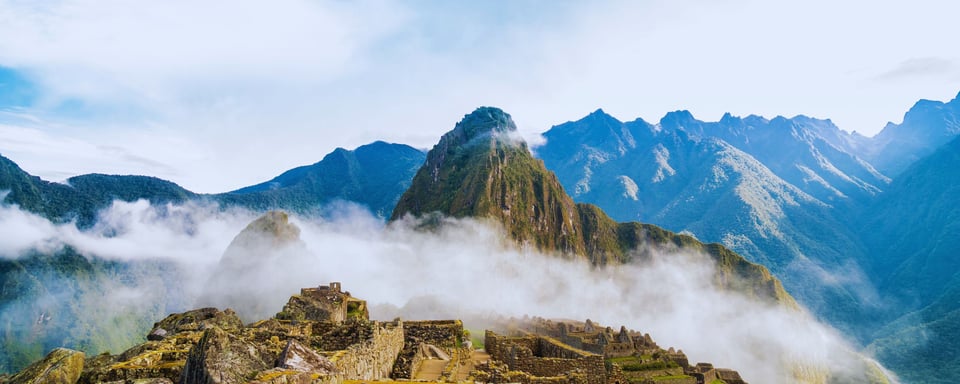
Machu Picchu is an ancient Inca city that is located in Peru. The city was built in the 15th century, and it was abandoned shortly after the Spanish conquest of Peru. Machu Picchu is a UNESCO World Heritage Site, and it is a popular tourist destination.
-
Spiritual Significance
Machu Picchu holds great spiritual significance for the Inca civilization and continues to be revered by indigenous communities in the region. It is believed to have been a sacred site dedicated to Inti, the Inca sun god, and Pachamama, the goddess of the earth. Pilgrims and visitors often engage in rituals, ceremonies, and offerings to honour the spirits of the land and seek blessings and spiritual connection.
-
Historical Context
Machu Picchu was constructed during the height of the Inca Empire under the rule of Pachacuti Inca Yupanqui. Its purpose and exact historical context remain the subject of speculation and research. The site's architectural precision, strategic location, and incorporation of natural features suggest its importance as a ceremonial and astronomical centre, as well as a place of spiritual retreat.
Architectural Marvel
Machu Picchu's architectural marvel lies in its harmonious integration with the surrounding natural landscape. The precision-cut stone walls, terraces, and ceremonial structures showcase the engineering prowess of the Inca civilization. The Intihuatana stone, believed to have served as a solar observatory, adds to the mystique of the site. The careful planning and alignment with celestial events suggest a deep connection between the physical and spiritual realms.
-
Visitor Experiences
Visiting Machu Picchu offers a transformative experience for pilgrims and visitors. The journey to the site, whether by foot or train, through the dramatic landscapes of the Sacred Valley, builds anticipation and a sense of reverence. Exploring the ruins, walking the ancient paths, and absorbing the panoramic views create a connection with the spiritual energy of the site. The sense of wonder, awe, and contemplation evoked by Machu Picchu leaves a lasting impact on those who visit.
-
Cultural Preservation and Sustainable Tourism
Preserving the cultural and natural heritage of Machu Picchu is crucial. Sustainable tourism practices, including visitor regulations, conservation efforts, and community involvement, help protect the site for future generations. Engaging with local communities, learning about Andean traditions, and supporting indigenous artisans contribute to the preservation of the cultural fabric surrounding Machu Picchu.
The world's most visited sacred sites hold a timeless allure, drawing pilgrims and visitors from diverse backgrounds to experience moments of deep spirituality, reflection, and awe. These sites embody the rich tapestry of human devotion, cultural heritage, and religious traditions across civilizations and continents.
